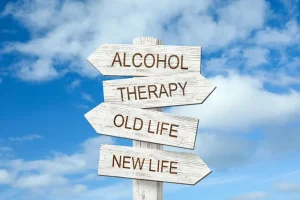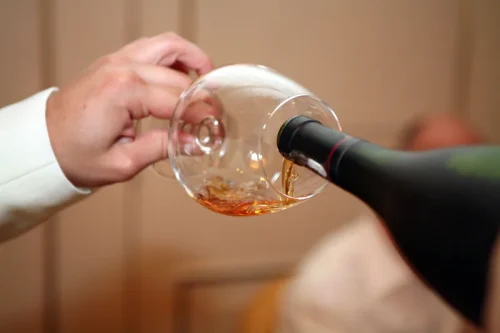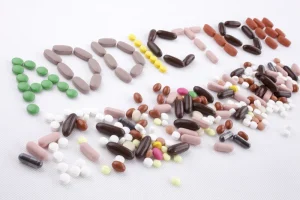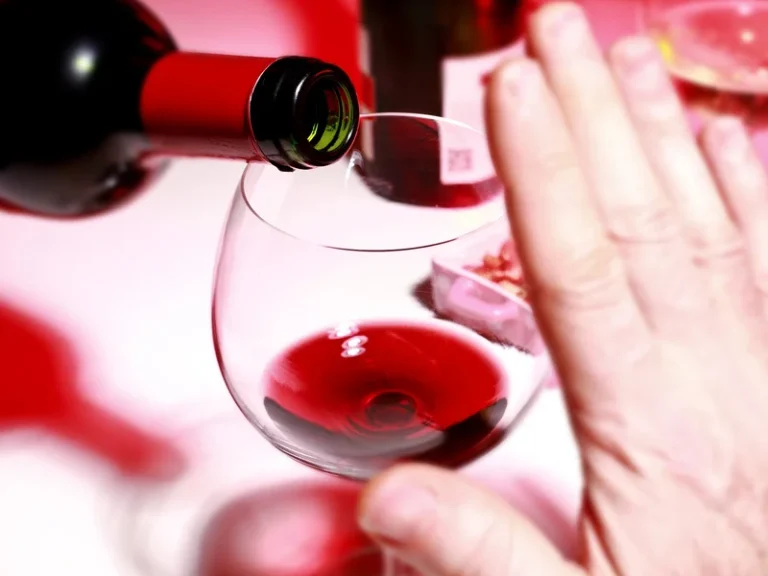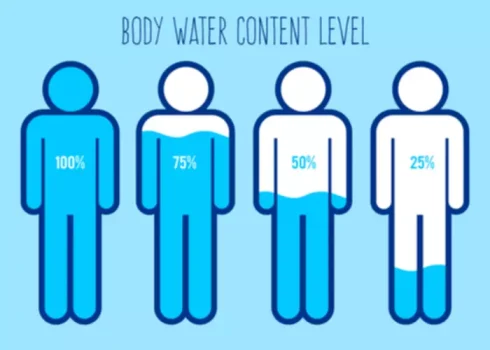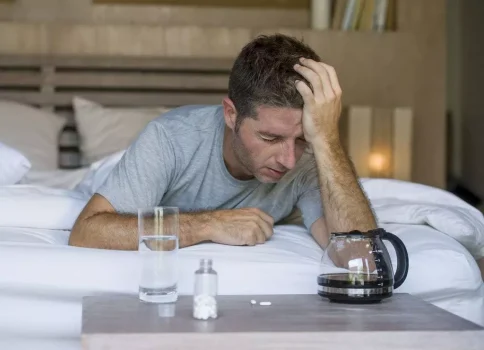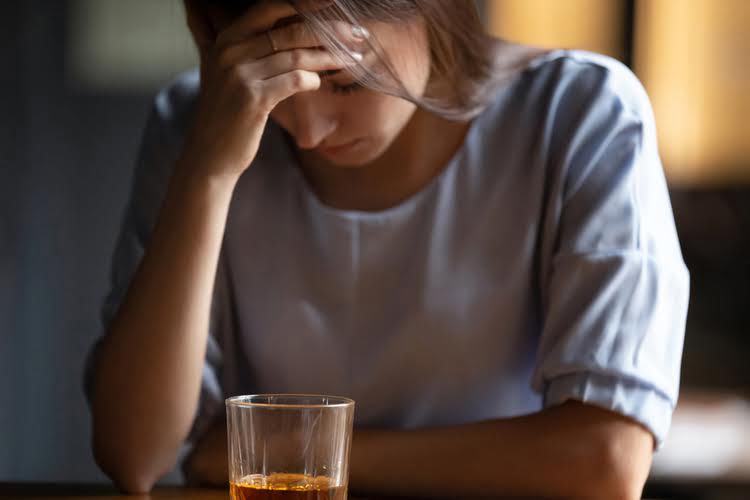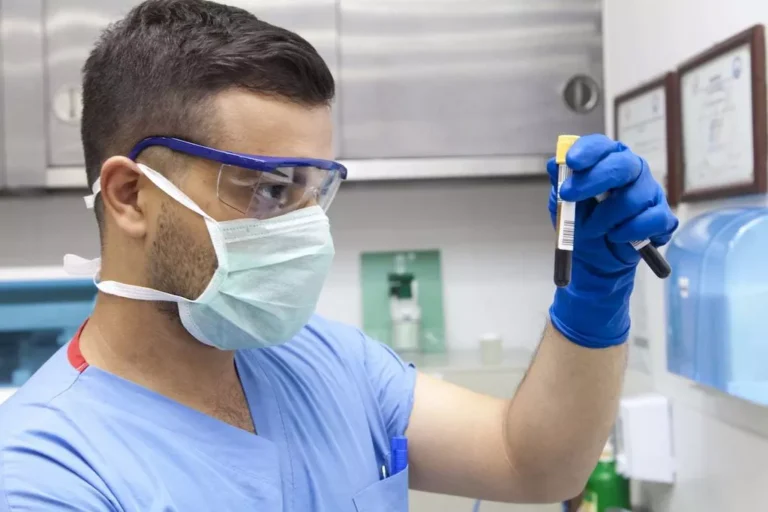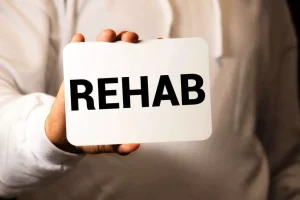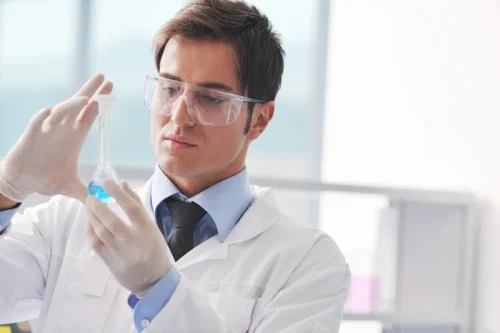
It centers on being more conscious and thoughtful of how much, how often, and why you drink. As a result, you’ll enjoy better sleep, improved mood and energy, and fewer wellness issues. Alcohol suppresses rapid eye movement, or REM sleep, which is an essential restorative stage of sleep your body requires. And since alcohol is a diuretic, you’ll probably visit the bathroom more frequently at night, which can significantly hinder sleep.
Is Bruising After Drinking a Sign of Alcoholism?

The clients I have worked with in my career have ranged why do i wake up with bruises after drinking in age from seven to seventy. Growing up in Louisiana with addiction running rampant on both sides of my family. A life away from drugs and alcohol seemed impossible for someone like me.

Healthy holiday cooking tips, plus a roasted root vegetable recipe

If a night of heavy drinking has led to sickness and vomiting, you may have an electrolyte imbalance the next morning. This can cause you to be sore after drinking, because electrolyte imbalances are linked to muscle cramping, especially after physical activity. If you had a night of heavy drinking combined with dancing at the club, you’ve created the perfect storm for achy muscles. Sometimes, bruising after drinking occurs because of the fact that alcohol dilates the blood vessels. When blood vessels are dilated, you’re more likely to experience a bruise after bumping into something.
When to Stop Drinking to Prevent Bruising
A specific type of therapy called cognitive-behavioral therapy (CBT) can help you to change distorted thinking patterns surrounding alcohol misuse and develop stronger coping skills. Medications used in the treatment of alcohol use disorder can reduce cravings and make it easier to stay committed to recovery. Muscles rely upon the presence of growth hormone for recovery and growth. When you consume alcohol, growth hormone secretion decreases significantly. In fact, research has shown that alcohol can reduce the secretion of growth hormone by up to 70 percent. This means that it can take longer for your muscles to recover from exercise if you drink regularly, and you may notice that your muscles do not grow and develop as quickly as you’d like.
Restrict your alcohol consumption to one or two drinks each day for the sake of your health. Alcohol drinking can raise the likelihood of bruising and other harmful skin consequences. However, there are several precautions you can take to avoid or reduce bruising while drinking your choice of alcoholic beverage. So, let us discuss how to prevent bruising from alcohol, such as drinking responsibly, keeping hydrated, eating before drinking, and a few more. You can stop bruising from alcohol by following these guidelines. Finally, one potentially serious cause of alcohol and bruising is alcohol liver disease.
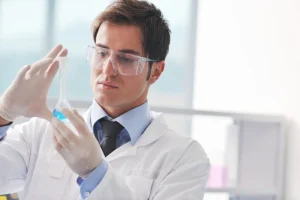
Drinking too much alcohol may lead to a tingling sensation or numbness in your legs, feet, or hands, known as alcoholic neuropathy. This is one of the most common side effects of long-term alcohol consumption. If you’re not consciously keeping track of the drinks you’ve chugged, it’s easy to go over these limits. Moderate and heavy drinkers consistently have poor sleep quality and more sleep disturbances over time. Alcohol can also have immediate effects on the heart and circulatory system.
Physical Signs You’re Drinking Too Much
Alcohol acts as a natural blood thinner, temporarily impacting the normal clotting ability of blood platelets. This makes capillaries under the skin more fragile and likely to leak when bumped. Hello, my name is Ben Lemmon, and I’m the Vice President and Clinical Director at Ohio Community Health Recovery Centers. I’ve been working in the addiction and mental health field since 2013 and decided to enter the field after overcoming my own challenges with addiction. I am a licensed social worker.In my scope of practice I have worked in the areas of mental health and recovery for thirty years.
Why Do I Always Wake Up Early After a Night of Drinking?
As a result, you may find yourself having frequent sore throat pains, catching colds and infections more often. Additionally, heavy drinkers usually get most of their calories from alcohol. The problem is that alcohol is a wellspring of empty calories—which are calories with minimal nutritional value. Hence, consuming alcohol as your primary source of fuel will lead to poor nutrition and weight loss. Research studies on the association between weight gain and alcohol consumption have ended in conflicting results.
- Alcoholism is a colloquial term, and it really isn’t a politically correct way to refer to an alcohol addiction.
- These symptoms surface because your body is using its stored supply of vitamins, minerals, electrolytes, and other essentials, to help fight the toxins that have entered your body from drinking.
- To maintain a balanced lifestyle, it is advised to have a nutritious meal or snack before drinking alcohol to avoid any negative consequences.
- Something people might notice with ongoing, severe alcohol misuse is bruising from alcohol.
- As a result, you’ll enjoy better sleep, improved mood and energy, and fewer wellness issues.
- Find the ideal mattress for rejuvenating sleep with PlushBeds’ eco-friendly options, including latex and hybrid models for all preferences.
So, even though you may be dehydrated, your body might wake you up for several bathroom runs during the night and early in the AM in an attempt to flush out all the yuck. This glutamine rush has a stimulatory effect and can wake you up. “When you drink, you actually fall asleep faster and go into deep sleep faster,” he says, so your initial bit of sleep might feel amazing. But disruptions to your sleep cycles (keep reading to understand why those happen) ruin the natural transition between REM and NREM, and as a result, you don’t get as much REM sleep. And, actually, studies show that disrupted sleep actually makes you feel worse in the AM versus just not getting enough sleep.
Alcohol Slows Your Muscle Recovery
We offer online alcohol rehab, so you can begin your recovery from the privacy of home. We can also provide medication assisted treatment for alcohol use to reduce your cravings and make it drug addiction treatment easier to stay in recovery. Download our app today, on either the App Store or the Google Play Store to get started. If your bones feel sore after drinking, it is likely a side effect of inflammation. Alcohol is known to increase inflammation throughout the body, which can lead to pain in the bones and joints. When consumed in large quantities, alcohol can slow muscle recovery after exercise, increase inflammation, and lead to electrolyte imbalances.


